Table of content
Chestnuts, with their rich, sweet flavor and versatile culinary applications, are a beloved ingredient in kitchens worldwide. However, their notoriously stubborn outer shells and inner skins (peels) often transform what should be a delightful cooking experience into a frustrating ordeal. The quest for perfectly peeled chestnuts—golden, intact, and ready to be roasted, boiled, or incorporated into dishes—has led countless home cooks and professional chefs to experiment with techniques ranging from traditional roasting to modern pressure-cooking methods. This article delves into the science behind chestnut peeling, explores step-by-step cooking and peeling techniques, and offers troubleshooting tips to ensure your chestnuts emerge from their shells with ease.
Understanding the Anatomy of a Chestnut
Before diving into cooking methods, it’s essential to grasp the structure of a chestnut. Each nut is enclosed in a hard, glossy outer shell (pericarp) protected by a spiky outer husk (called the burr), which is removed before sale. Beneath the shell lies a thin, papery inner skin (pellicle) that clings tenaciously to the flesh. The goal of effective peeling is to loosen both the shell and the pellicle without damaging the edible interior.
The pellicle’s adhesion is due to tannins and starches that bond it to the flesh when raw. Heat disrupts these bonds, making peeling easier—but only if applied correctly. Overcooking can dry out the flesh, causing it to crumble, while undercooking leaves the pellicle intact. Achieving the perfect balance is key.
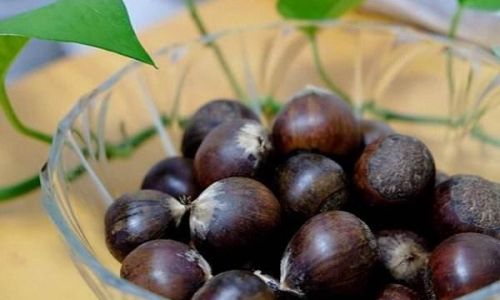
Preparation: The First Step to Success
Selecting Fresh Chestnuts
Start with high-quality, plump chestnuts. Avoid those with mold, cracks, or shriveled appearances, as they may be spoiled or dried out. Fresh chestnuts should feel heavy for their size and emit a mild, sweet aroma.
Scoring the Shell
The most critical pre-cooking step is scoring the shell. Using a sharp paring knife or chestnut knife, cut an “X” or straight line into the flat side of each chestnut. This slit serves two purposes: it allows steam to escape during cooking (preventing explosions) and creates a weak point for peeling.
- Technique Tips:
- Cut through the shell but not the pellicle.
- Ensure the slit is at least ¼ inch (0.6 cm) deep to penetrate the shell’s thickness.
- For safety, stabilize the chestnut on a cutting board or towel to avoid slipping.
Cooking Methods: Tailoring Technique to Equipment
Roasting (Oven or Stovetop)
Roasting is the classic method for chestnuts, imparting a smoky, caramelized flavor.
-
Oven Roasting:
- Preheat the oven to 425°F (220°C).
- Arrange scored chestnuts in a single layer on a baking sheet.
- Roast for 15–20 minutes, shaking the pan halfway through.
- Remove when the shells curl at the cuts and the flesh is tender.
-
Stovetop Roasting:
- Use a chestnut pan or heavy skillet with holes to allow steam to escape.
- Cook over medium heat for 15–20 minutes, shaking frequently.
Peeling After Roasting:
Wrap hot chestnuts in a clean kitchen towel for 5 minutes. The residual heat will steam them further, loosening the pellicle. Peel while still warm, using the towel to protect your hands. Start by gently pulling back the scored shell; the pellicle should come off with it. If resistance occurs, use a paring knife to nudge it loose.
Boiling
Boiling is a faster method that softens both the shell and pellicle.
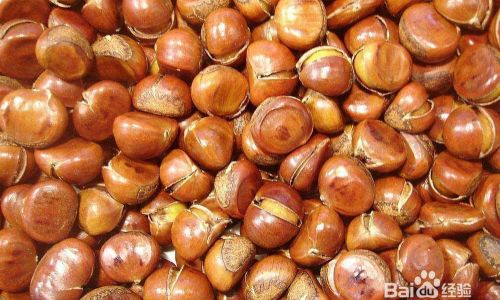
- Place scored chestnuts in a pot of boiling water.
- Simmer for 5–7 minutes.
- Drain and transfer to a bowl of ice water for 1 minute to halt cooking.
Peeling After Boiling:
The sudden temperature change shocks the shells, making them easier to crack. Peel while warm, using the scored slit to pry off the shell and pellicle. Boiled chestnuts are slightly moister than roasted ones, which may aid in pellicle removal.
Pressure Cooking
Pressure cooking is ideal for large batches, reducing cooking time significantly.
- Place scored chestnuts in a pressure cooker with 1 cup of water.
- Cook on high pressure for 3–4 minutes.
- Allow natural release for 5 minutes before venting.
Peeling After Pressure Cooking:
The intense heat and steam break down the shells rapidly. Peel immediately using the same towel method as roasting. Pressure-cooked chestnuts may have a softer texture, making them perfect for purées or stuffing.
Microwaving
While less traditional, microwaving offers a quick fix for small quantities.
- Place scored chestnuts on a microwave-safe plate.
- Microwave on high for 1–2 minutes (adjust based on wattage).
- Let rest for 1 minute before peeling.
Peeling After Microwaving:
This method yields chestnuts with a slightly chewier texture. Peel while hot, as cooling will cause the pellicle to re-adhere.
Advanced Peeling Techniques
For stubborn chestnuts, combine methods or employ these tricks:
-
Soaking Before Cooking:
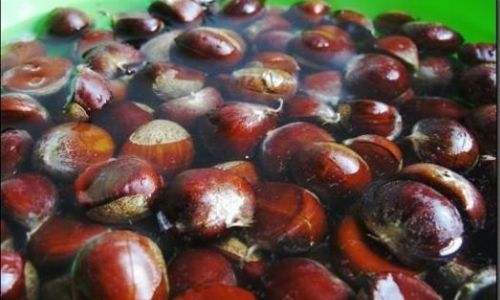
Soak scored chestnuts in warm water for 1 hour before roasting or boiling. The moisture penetrates the shell, softening the pellicle.
-
Baking Soda Bath:
Add 1 tsp of baking soda to boiling water and simmer chestnuts for 3 minutes. The alkaline solution weakens the shell’s structure.
-
Freezing:
Cook chestnuts, then freeze for 2 hours. Thawing loosens the pellicle, though this may affect texture.
-
Mechanical Aid:
Use a nutcracker to crack the shell post-cooking, but avoid crushing the flesh.
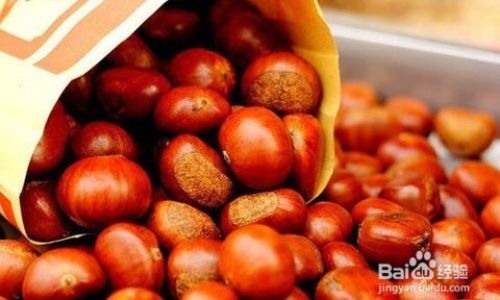
Troubleshooting Common Issues
-
Shells Won’t Open:
Insufficient scoring or undercooking. Ensure cuts are deep enough and cooking time is adequate.
-
Pellicle Sticks to Flesh:
Chestnuts cooled too much before peeling. Always peel while warm.
-
Flesh is Dry or Crumbly:
Overcooking. Reduce cooking time by 2–3 minutes.
-
Uneven Cooking:
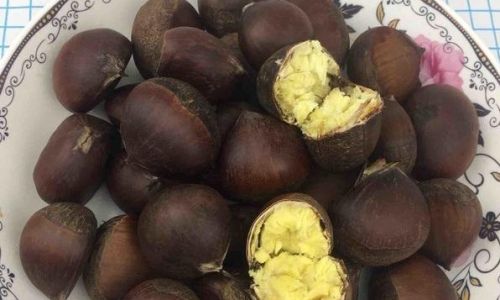
Overcrowding the pan. Cook in batches if necessary.
Storing Peeled Chestnuts
Peeled chestnuts oxidize quickly, turning brown. To preserve them:
- Submerge in lemon water (1 tbsp lemon juice per cup of water) for 5 minutes.
- Pat dry and store in an airtight container in the refrigerator for up to 3 days.
- For longer storage, freeze in a single layer on a baking sheet before transferring to a freezer bag.
Culinary Applications
Perfectly peeled chestnuts are a gateway to countless dishes:
- Roasted Chestnuts: A classic street food, seasoned with salt or cinnamon.
- Stuffing: Chop and mix with breadcrumbs, herbs, and sausage.
- Soups and Stews: Purée for a creamy base or add whole for texture.
- Desserts: Fold into cakes, tarts, or mont blanc pastries.
- Vegan Meats: Mash and season as a substitute for pulled pork.
Conclusion
Peeling chestnuts need not be a battle. By understanding their structure, mastering scoring techniques, and selecting the right cooking method, you can transform this daunting task into a satisfying ritual. Whether you prefer the smokiness of roasted chestnuts or the speed of pressure cooking, patience and practice are your greatest allies. Experiment with the methods outlined here, and soon you’ll find yourself effortlessly peeling chestnuts by the handful, ready to elevate your autumn and winter dishes with their unique sweetness and versatility.
Remember, the perfect chestnut is not just about the cooking method—it’s about harmony between technique and timing. So grab your knife, preheat your oven, and embark on a journey to chestnut-peeling mastery. Your future soups, stuffings, and desserts will thank you.


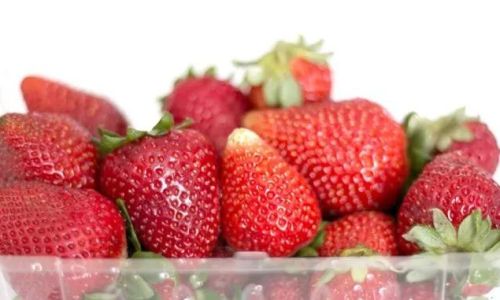
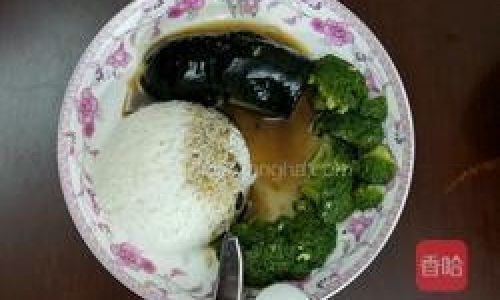
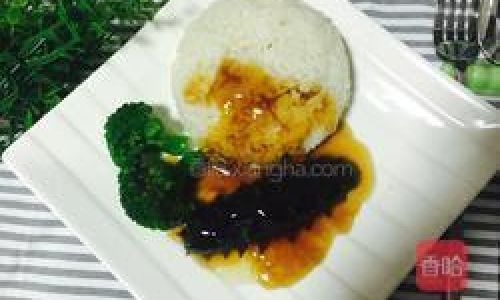
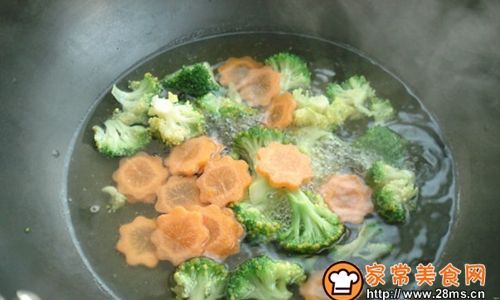
0 comments